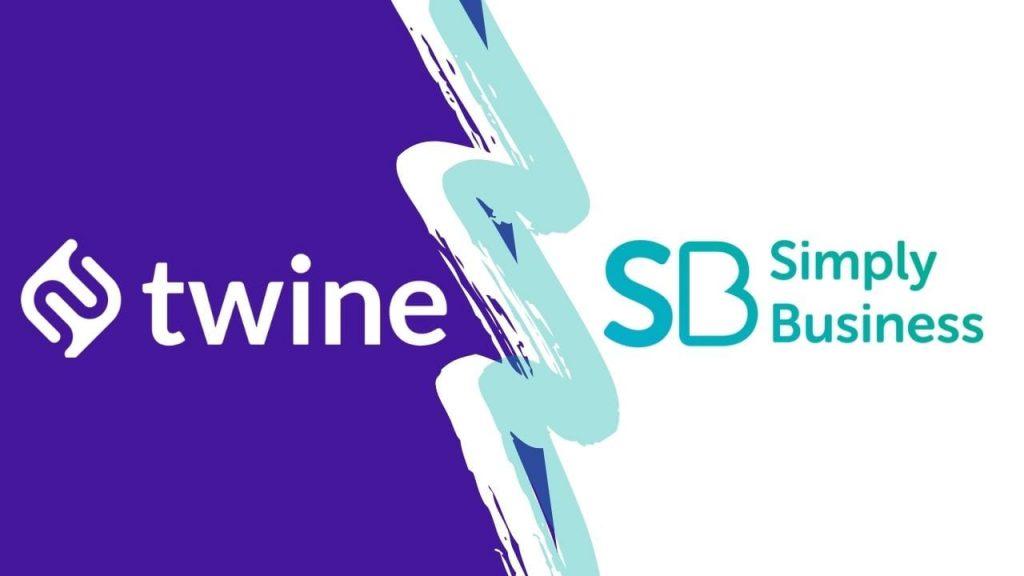Before you hire any freelancer for a project it’s important to set clear ground rules so that you’ve both agreed on the budget, project spec and timescale to avoid any potential issues down the line. In this article we’ll show you how to set clear ground rules to make sure your project goes smoothly.
Clarify the project spec
The first thing you need to do when setting the ground rules is make it crystal clear what work you want the freelancer to do for you. You can’t expect them to be a mind reader if the only details you’ve provided are ‘I want a website’ or ‘I need some graphics’. If you want a happy freelancer and high quality work then you need to give them everything they need to get the job done. If you’re not sure whether you’ve given the freelancer enough details then imagine it was a brief that you had to carry out – could you get it done on those details alone? If you’re still not sure then ask your friends and colleagues to check it over. The most important thing is not to say “it’s up to you” if you actually have a precise idea of exactly what you want. Solid ground rules rely on the project having clear requirements and parameters.
Be upfront with the budget
Creative work shouldn’t all be about money, but if you’re clear and upfront about what your budget is then you’ll avoid it becoming a massive issue further down the line. You don’t want to get into a situation where the work is done but you can’t get it because your budget doesn’t match up with the freelancer’s rate.
If you’re unsure what the budget should be then research it online, get advice from colleagues or even chat about it with the freelancer (to help you out, we’ve got budgeting guides for animation, graphic design, illustration and music production). Make sure you also factor in the cost of any revisions that you agree on (more on that later). If you’re particularly concerned, then it might be good to get a contract drawn up.
Timescale
Once you’ve got money out the way, the next priority should be clarifying when the work needs to be completed. If you’ve got a definite date, then make sure the freelancer is aware of it.
If you don’t have a definite date you need the work done by, you should at least give the freelancer a general timescale (e.g. a month or 3 months) so that they know where to prioritize it amongst their other commitments. It’s a good idea to have project milestones (particularly if it’s a big project) so that the freelancer can break up the project and you can see how it’s progressing. If you do have milestones then set firm dates, because otherwise there’s a risk that it will get to deadline day and you won’t have seen any of it.
Revisions: Avoid nasty surprises
Revisions can be a really big issue if you don’t set ground rules at the start. Many freelancers have their own policies, but most will allow for quick edits if you want to change a colour, sound or font. Where it becomes an issue is when the parameters of the project change and requests are made that were not in the original brief. Very often, clients think it’s a simple change, when it could take the freelancer hours, if not days, to do. Consult them at the beginning and make them aware of any potential changes down the line. If you know what the cost is for any changes then that will avoid you springing any nasty surprises on the freelancer, because the scale of any further work will be clear from the price tag.
Delivering the work
The final ground rule you must set is how the work should be delivered. This is the ground rule that often gets missed out, because the client and freelancer have only thought about the content itself. You might have heard of horror stories of freelancers sending a PDF, JPEG or audio mix down when the client actually wanted the project files (or vice versa). The freelancer then goes on holiday and the client is stuck with a project they can’t do anything with.
Overall, the most important thing about setting ground rules for any project is that the freelancer must be clear about exactly what the work is, how much they’ll be paid and when it needs to be done. You can’t always be prepared for how projects might change, but if you have solid ground rules and you’re upfront and honest with your freelancer then you’ll be unlikely to have any major issues.



